Where are you living these days?
I just moved back to Cocoa Beach, Florida, from Woodstock, New York. I have my studio set up in Cape Canaveral, a neighboring beach town.
What's your background?
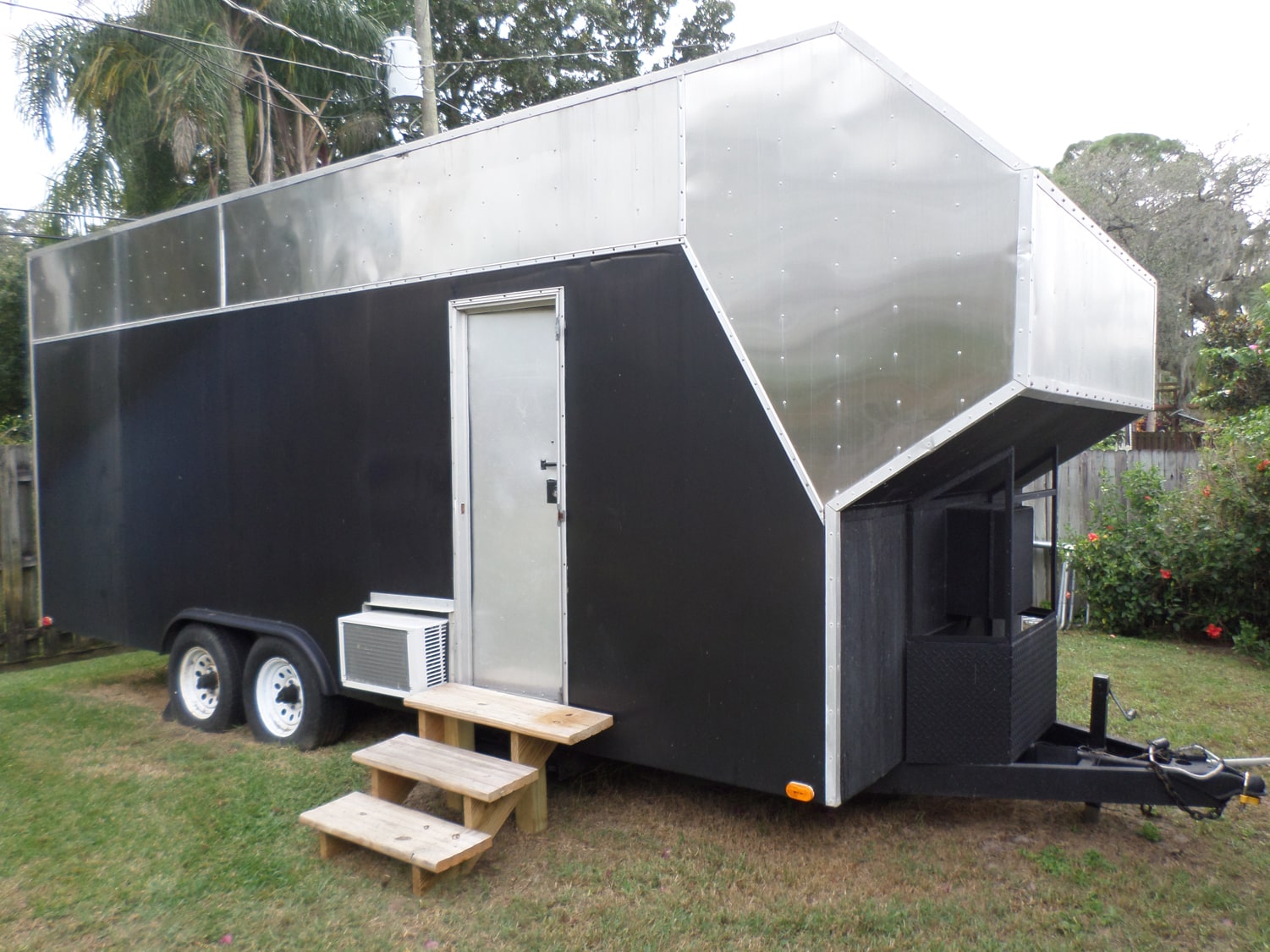
In the beginning I started out doing a lot of contemporary jazz. There were a lot more stations in those days. I had a number of hits on those, and I toured with George Benson and Kenny G. It was cool. Then I kind of saw the writing on the wall, that it was going to end, and I switched over and really got into doing more hard rock. It's what I grew up with. I embraced that again, and I try to get as many people involved in doing what I'm doing. I like to do these benefit albums, because they give more meaning to songwriting and everything.
Yeah, I noticed that with the recent one, Brothers In Arms, and Guitars for Wounded Warriors before that. There was a jazz album for the Pulse nightclub victims, Orlando In Heaven.
I did that with [guitarist] Larry Coryell. I was fortunate to work with him in Florida before he passed away. That was a cool session with him, one on one.
You've roped in a crazy list of people for these records. How do you go about getting some of these names to come in?
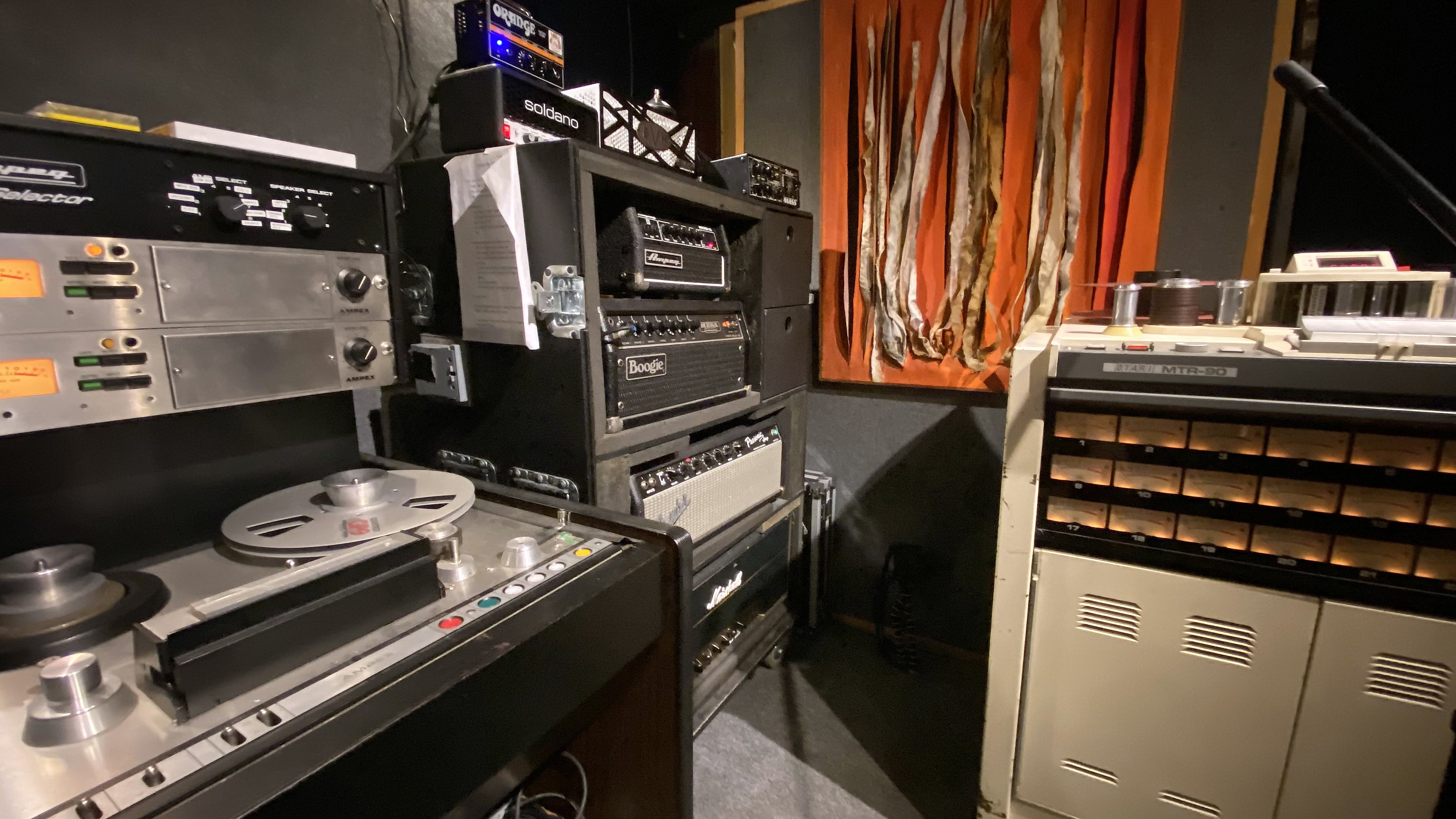
Usually, I've got some introduction to them and I'm talking to them. We discuss what I'm working on and thinking about. I ask them if they would be interested, and if they want to get involved. Usually, they're pretty open with everything. I usually try to tailor the songs to them so that I don't give them something that's way out of their line. I try to be specific with everything that I do with that.
Like writing?
Yeah, writing songs and saying, "This will be good for Joe Satriani." But I'll give him a couple to choose from, in case he likes one better than the other. I'll make sure to have a backup. I try to hone into it so that I'm not giving some straight-ahead song to the guy from Armored Saint or something.
You've mentioned having a mobile analog rig.
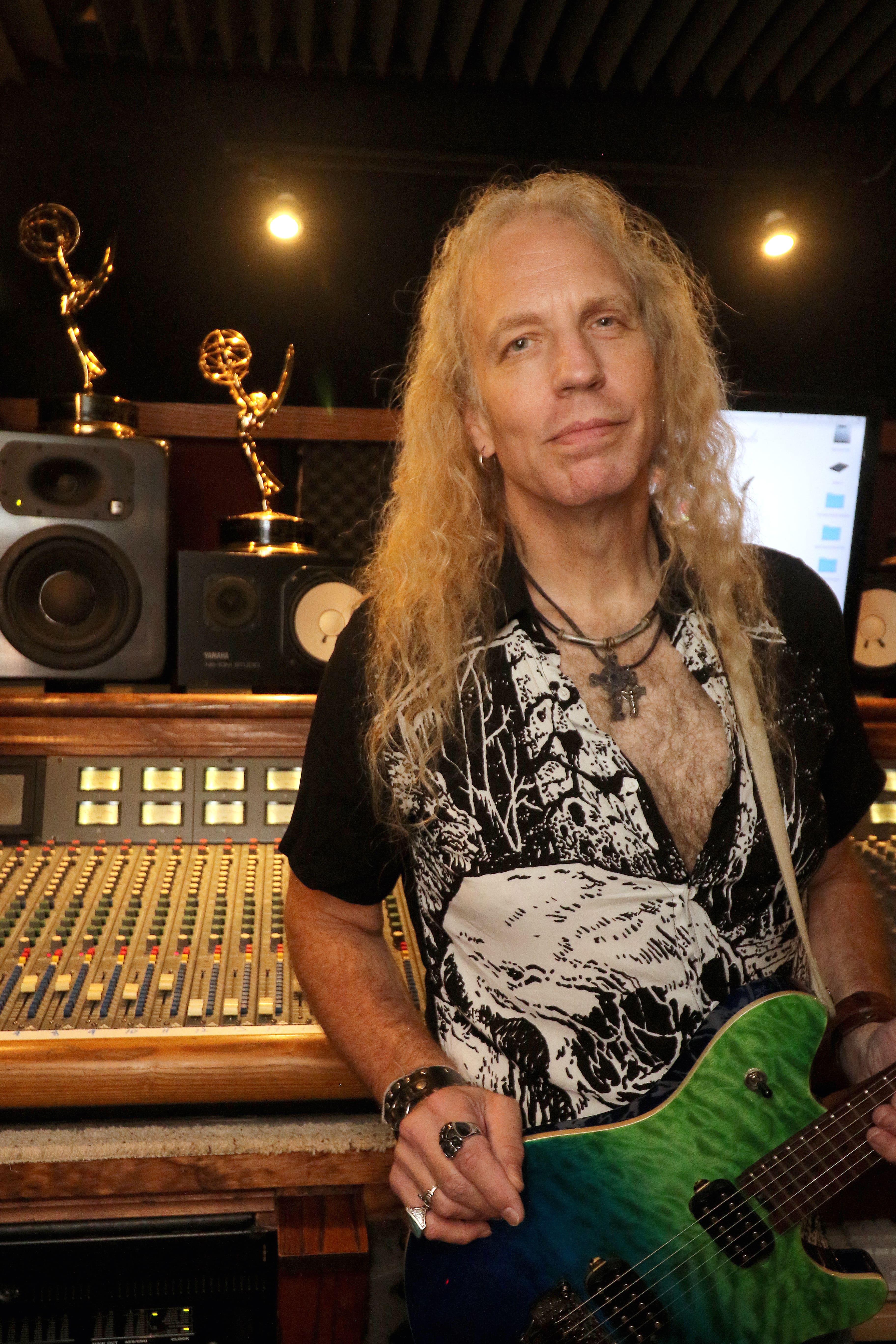
Yeah, I do. I bought this thing from Southern California. It was a 26-foot trailer that was specially made for audio recording. They had extended the ceiling to 9 or 10 feet. It has two rooms with a sliding door between the two. One's a little live room and the other's the control room. I use digital, because you have to do so today. But everything does go through the desk. I have a modified Trident 24 [console] from 1986 that I completely brought back to life years ago. It fits absolutely perfect. It had two producer desks, so I had to get rid of one in order to fit it! It's got a patchbay that's built in from the factory. I have an Otari MTR-90 2-inch [tape deck] that I recorded all the drums, bass, and guitars on. And I mixed everything down to an Ampex AG-440, an old dinosaur 1/4-inch, but it sounds so good. With this project I could take the time to do that. For mastering, we mastered it right off the tapes.
Yeah, don't do a transfer and then send it over!
Exactly. We took the tapes and went to Airshow Mastering in Boulder, Colorado. It's a great process. It's a longer process, but it was well worth it at the end of the day.
You're tracking the rhythm section to tape, and then moving it over to digital?
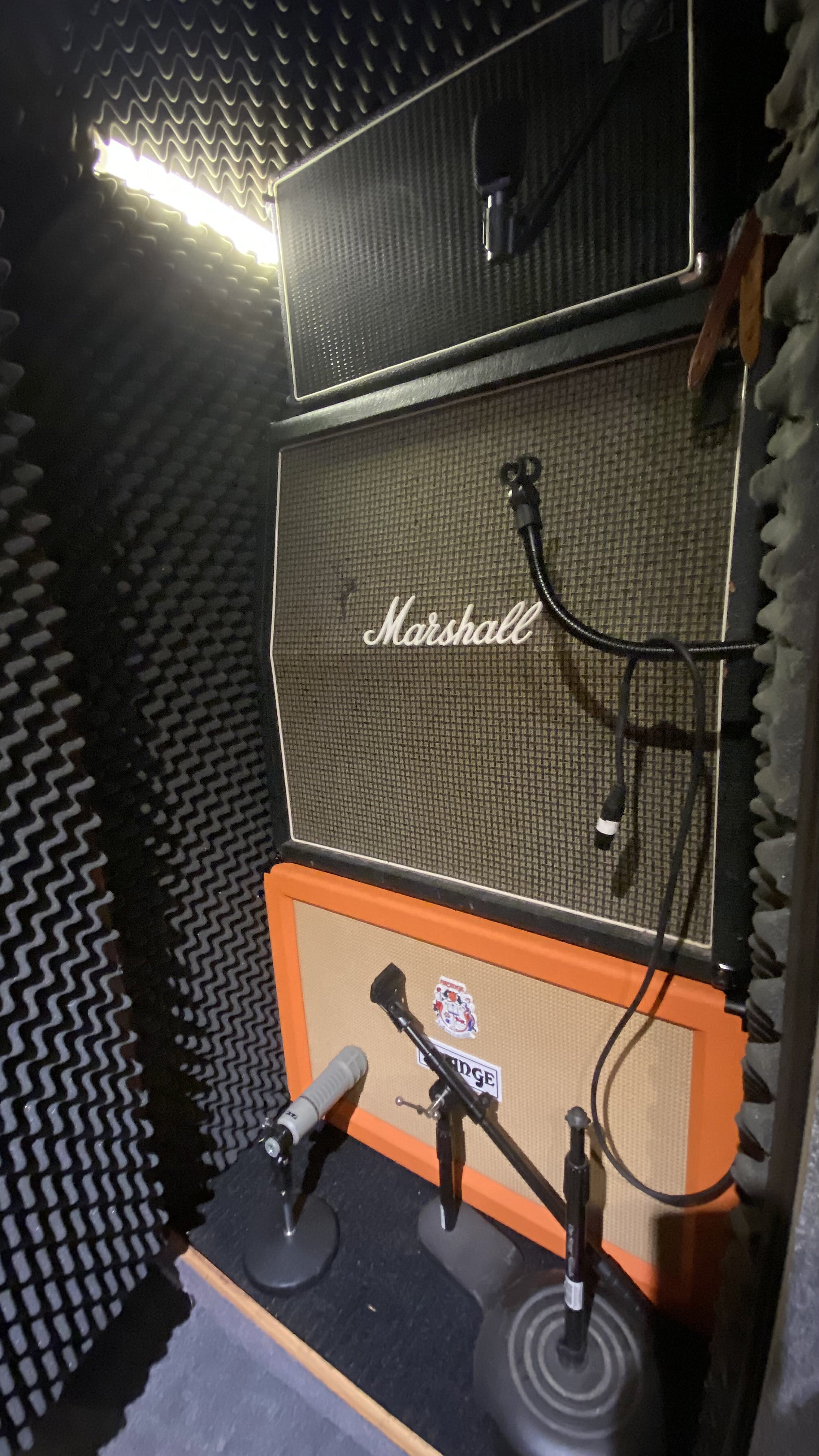
I get as much as I can done on tape, and then I transfer it over to either [Avid] Pro Tools or [Apple] Logic. From that point, I'll work in a digital domain, fly in the parts and everything, and then mix it from there. I'll get the best of both worlds. Especially because a lot of this was done over the pandemic and lockdown. Nobody could come over, even if they were down the street.
Do you find most guitarists have the equipment ready to go and are able to send off tracks?
Yeah, most people do today. They can at least hit the space bar and record. A couple of the older guys that I wanted to get, British Invasion guys, they don't. I was talking to one of the founders of Thin Lizzy, but he had no way of doing this from home. I was talking to Robin Trower [Procol Harum], and he had to go to a studio. I don't think they're into that whole digital age, which I get. They're so used to their whole life of going into studios and having everybody else deal with it.
No kidding.
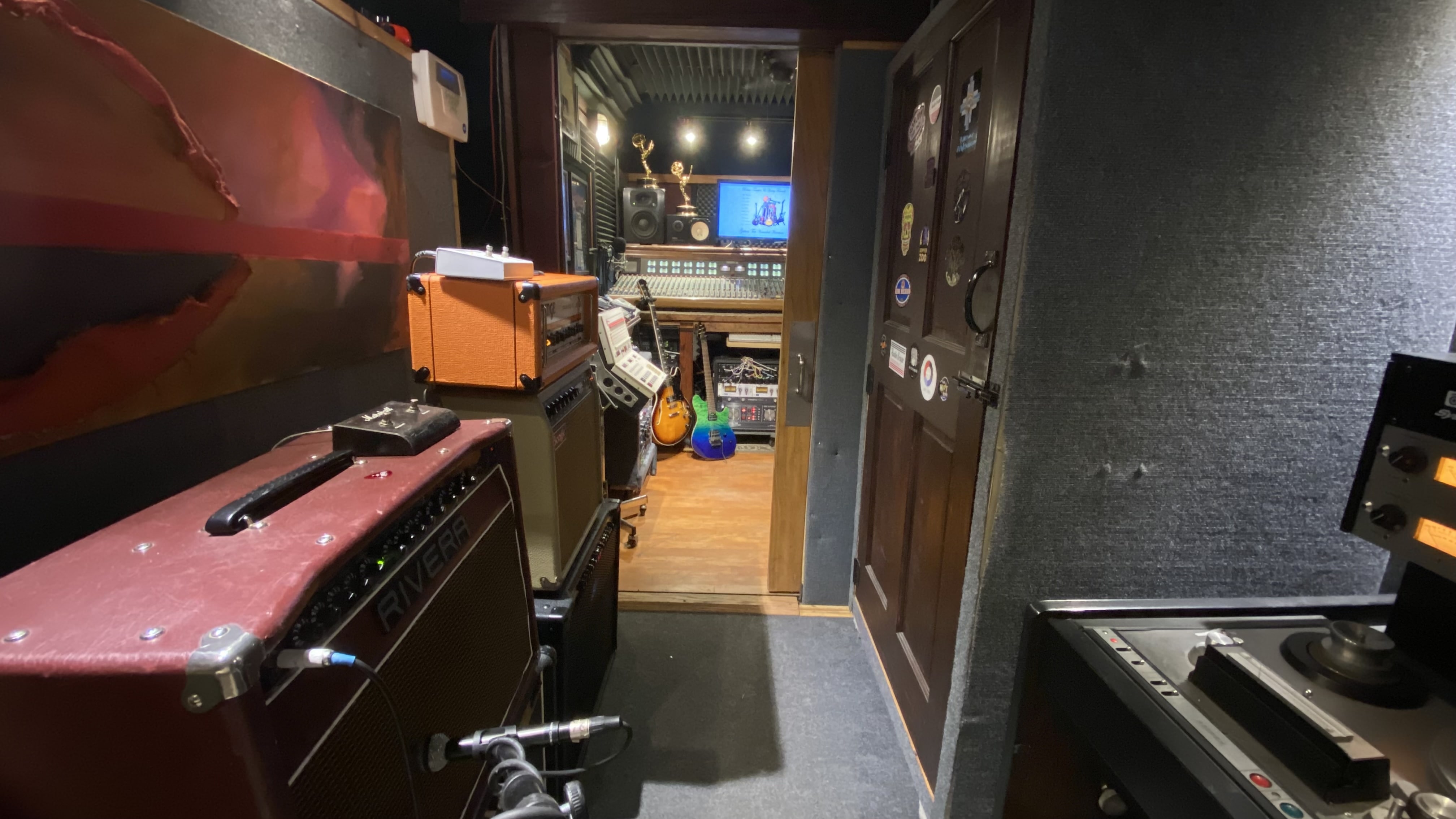
Steve Morse has done this lot with me, even when he's on tour with Deep Purple. He'll do it on a laptop and send it to me, because he's got the plug-ins that work for him. I guess that's the world we live in now, that everybody does everything remotely.
Plus, if you were going to rent studio time for 15 different players it would blow the budget.
Yeah, it's going to be too much. I can't expect them to get here, because everybody has their different schedules, and everybody lives everywhere across the world.
Do you find yourself coaching these takes?
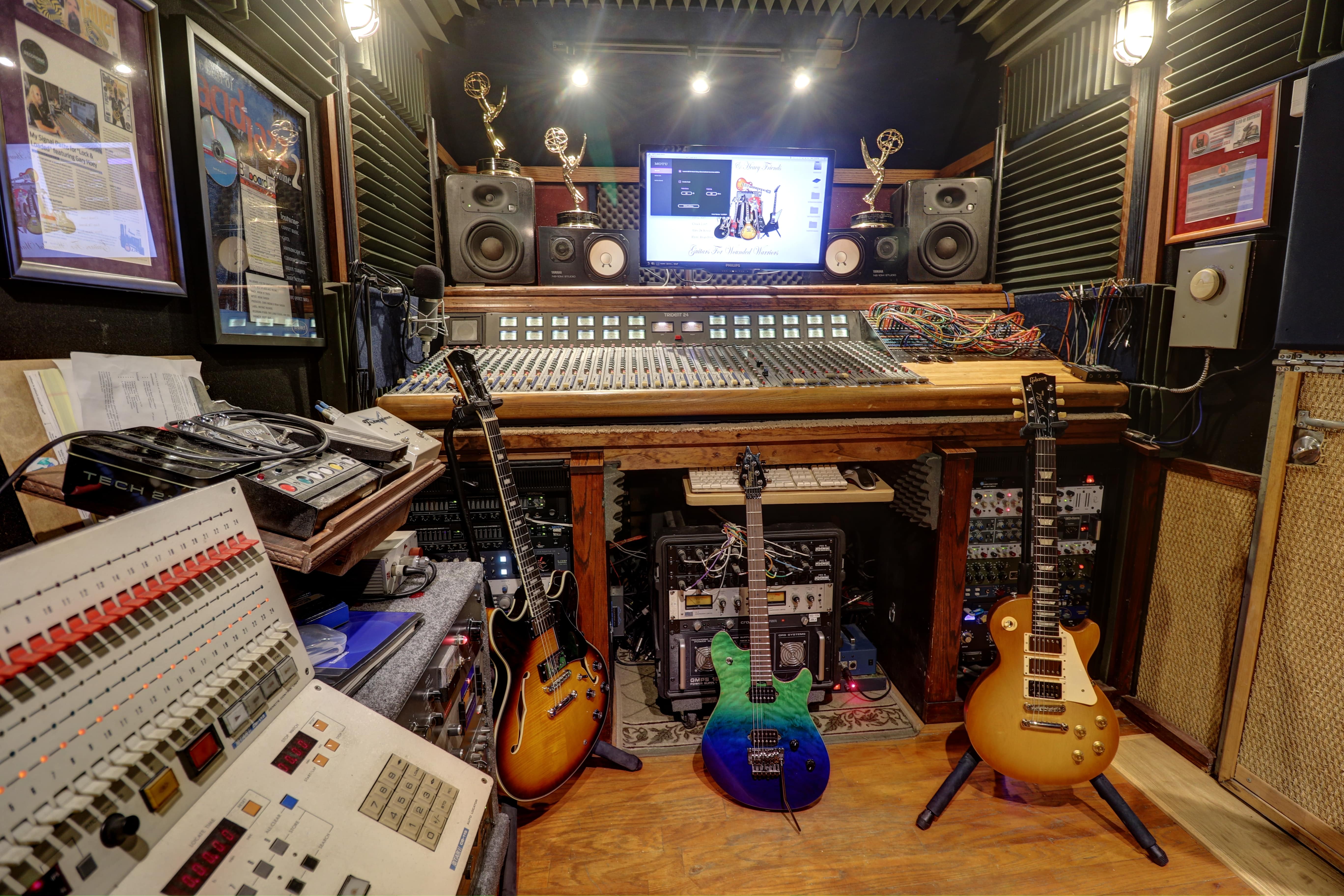
Yeah, I've done that a couple of times. Usually when I go to them, they understand what I'm giving them, and they do exactly what I thought they would do. I don't have to coach too much. I'll leave a section open, tell them how many bars there are, and what key it's in. Then I tell them, "You can do what you like, but this is the parameter here." I also leave it open too, like, "If you hear anything else anywhere, put it in." We can always cut and paste with that. A couple of times I've said, "Why don't you take an alternate track?" There were a couple of incidents where I liked the first part of the track that they did, the second take I liked the last part of the track, and on the third take I liked the middle. I'll try to put it together for them. If that's the case, I'll send it back to them and ask, "Do you want to edit? It's your solo. Or do you want to take another solo and incorporate all of this?" Usually, they're pretty cool about that.
What about keeping these tracks in sync?
That's the biggest challenge. I'll give them a count-off from the top. I ask, "Give me the count-off, and then your track empty until your part comes in. That way I can line it up perfectly." Sometimes they'll give me the track with nothing on it and say to start it from the beginning, but it doesn't always work that way. It can be different there with timing. I'll line it up to the top, and it'll be far enough off where I notice it. You would think that everybody starts from zero, but for some reason there is always a weird issue.
You also do a lot of writing for TV, movies, and more. Did that begin during your jazz era?
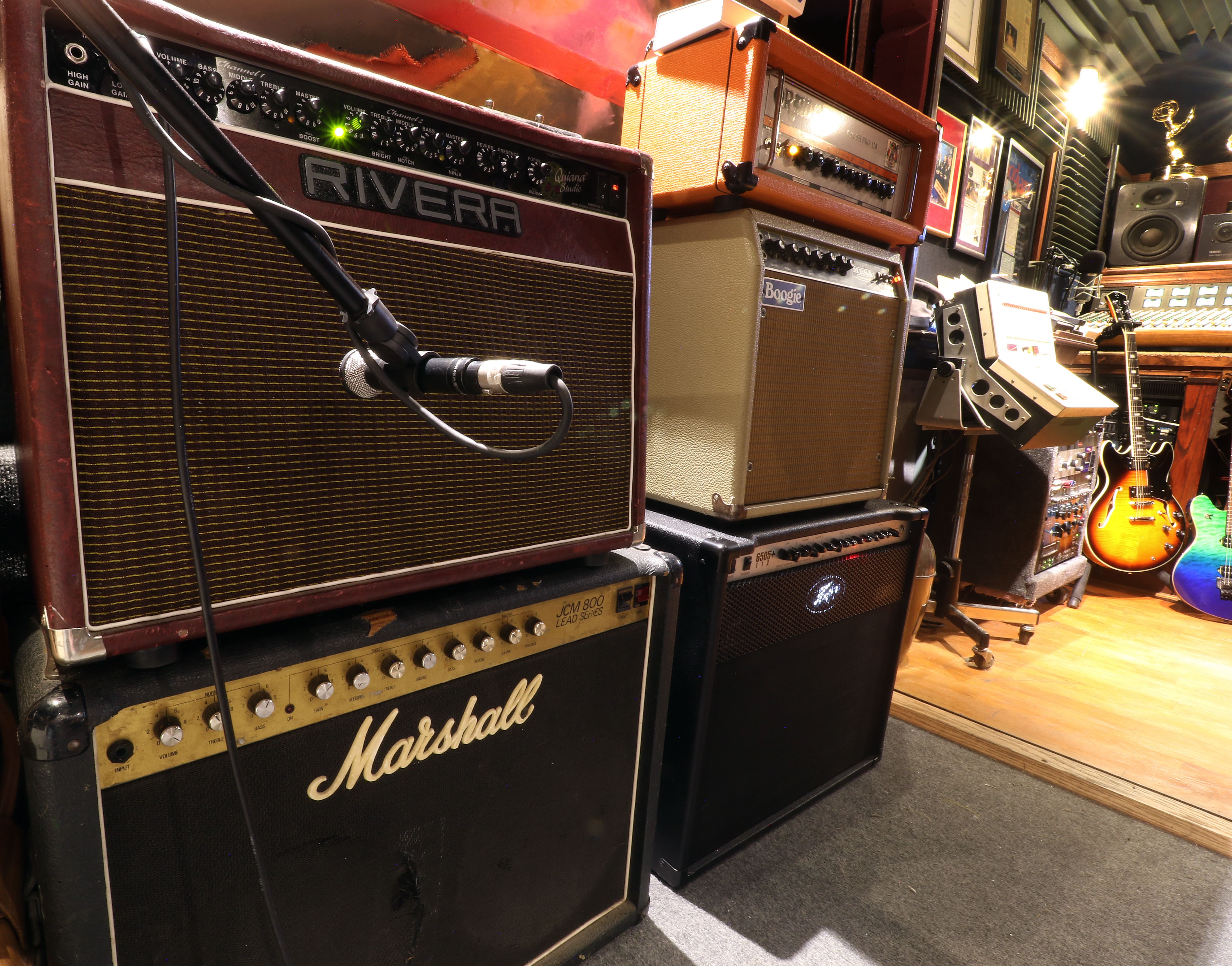
Yeah, it started up around that period. In the late '80s and early '90s I started doing a lot of television. One of my first engineer jobs was as an assistant engineer at a jingle house in New York City. That was crazy, because everything's got to be "done yesterday," and nobody has any patience. We'd have all these advertising guys breathing down our necks. Through that, I saw how I could do very well with composing for television. In those days, a lot of people snubbed their nose at it; especially in the record industry and publishing, they didn't care. It was all about big hits and mechanicals. With my jazz records, they started playing them on shows and syncing them. So, they would hire me to custom compose music similar to my albums; that way they would be able to control the master and publishing. I thought it was interesting, because places like Warner Chappell Music – who snubbed their nose at this work – years later they wound up buying all this television production music. Their records were not doing well anymore, and they wanted to get involved with the lucrative television market for licensing.
Had you been setting up your own studio spaces and recording yourself before those opportunities?
In the beginning, I didn't have a studio, so I partnered with my engineer mentor, Geoff Gray, who owns Far & Away Studios in Boulder, Colorado. He had a studio, and I did it with him for a while. I knew that I needed to build a studio, but in those days even to buy a Tascam reel-to-reel was expensive. This was before the whole [Alesis] ADAT and [Tascam] DA-88 [digital tape multitrack] time. I started with a cassette 4-track or 8-track, a horrible thing. I built it in the small studio that I had in Hollywood, in Jim Morrison's old apartment. Then I went to a 1/2-inch, 16-track reel-to-reel. They were horrible, because they had their own built-in Dolby [noise reduction]. Then I went to a DA-88. The DA-88 was convenient, and it was clean. I began to see that everybody was dumping their equipment in the late '90s for digital. I was able to get a lot of good gear, and through the years I built it up. I built a couple of studios where I was living. Finally, I took everything and put it into the studio trailer. In the live room, I have the 2-inch machine and all the amps. I have an amp booth with an amp switcher – I can switch from any head to any cabinet whenever I need it. Ampeg made a switcher, but not a lot of them. They made a little one and a rack one [System Selector AMP-SB] that can take up to eight heads and eight speaker cabinets, plug them in, and I can mix and match anything I need. When you do a lot of TV work, you've got to be able to move quickly. It's all mic'd and ready to go, so all I have to do is patch it in and I'm done. That makes it a lot easier for TV work. Between doing albums and TV work, they're completely different. TV and film work always has a thousand different changes. Doing it in the early days on tape was a nightmare. If they wanted changes, I'd have to go back to scratch. That's where Pro Tools comes in, and I just stay in that domain for this work. I can still use the desk, the EQs, and all the outboard gear, because it's all bussing through the Trident analog mixer. I can always recall everything.
Absolutely. Are you still doing a lot of that work?
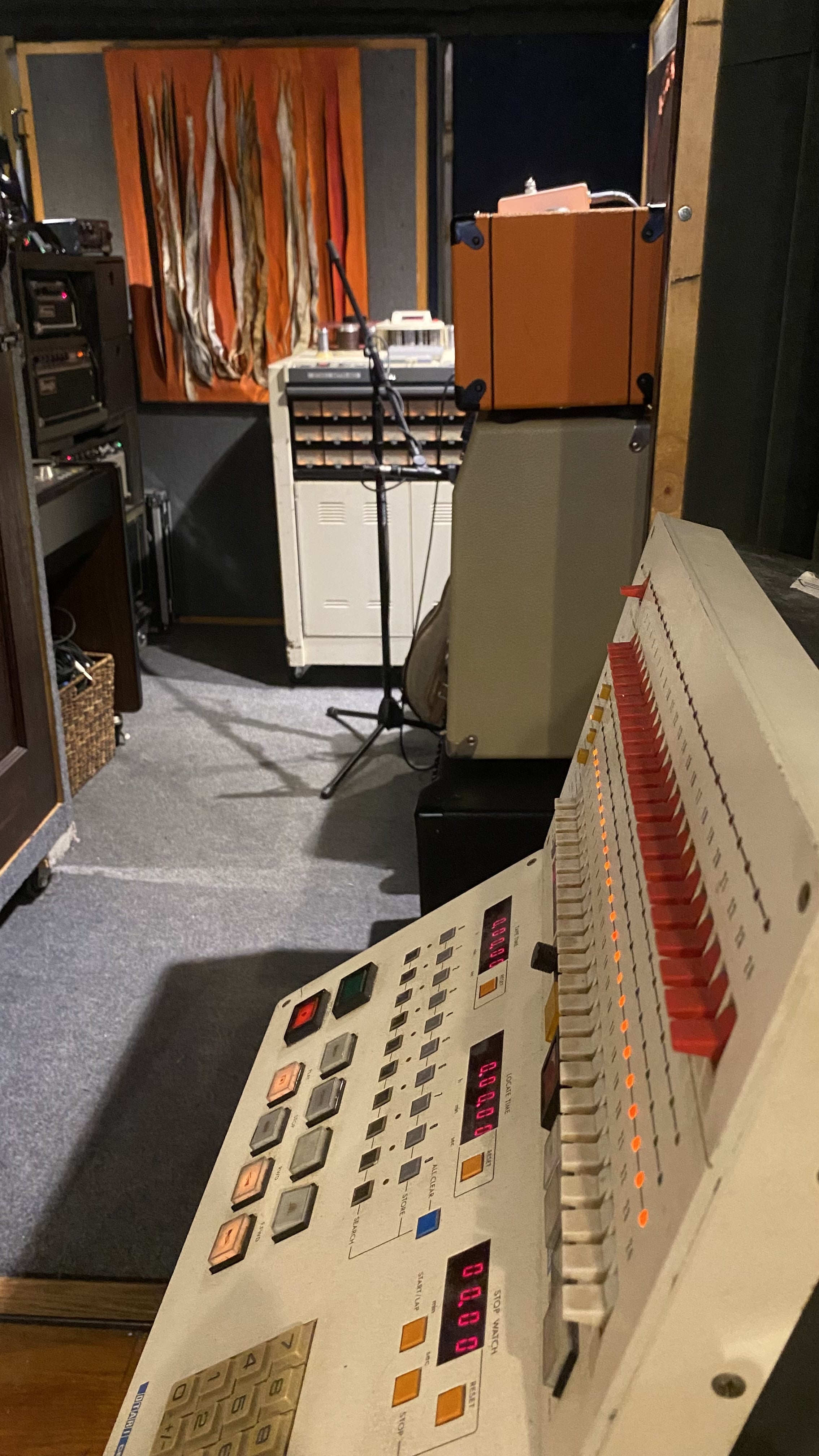
Yeah. I amassed this large catalog of all these guitar masters that I have, so I did a deal with APM Music, which is co-owned by Sony and Universal. They're the largest distributor for licensed music. I'm continually writing for them and updating my catalog. I write for Warner Bros. for a lot of their shows; Telepictures there does a lot of these TV film projects. I'm continually doing it all the time and balancing that with the records and projects.
How long have you had the mobile studio?
I've had it for six or seven years. Everything's accessible; it's right there, and I can work quickly. I never take it anywhere; I just use it where I am. What's good about that is when I move or go somewhere else, it always remains the same. I've done that so many times where I build a studio and the whole thing changes. "This room sounds nothing like the last one I was in." The previous owner even put a wood floor in it. I've got an oak floor in the control room. They went all out on fixing this properly.
It must be heavy.
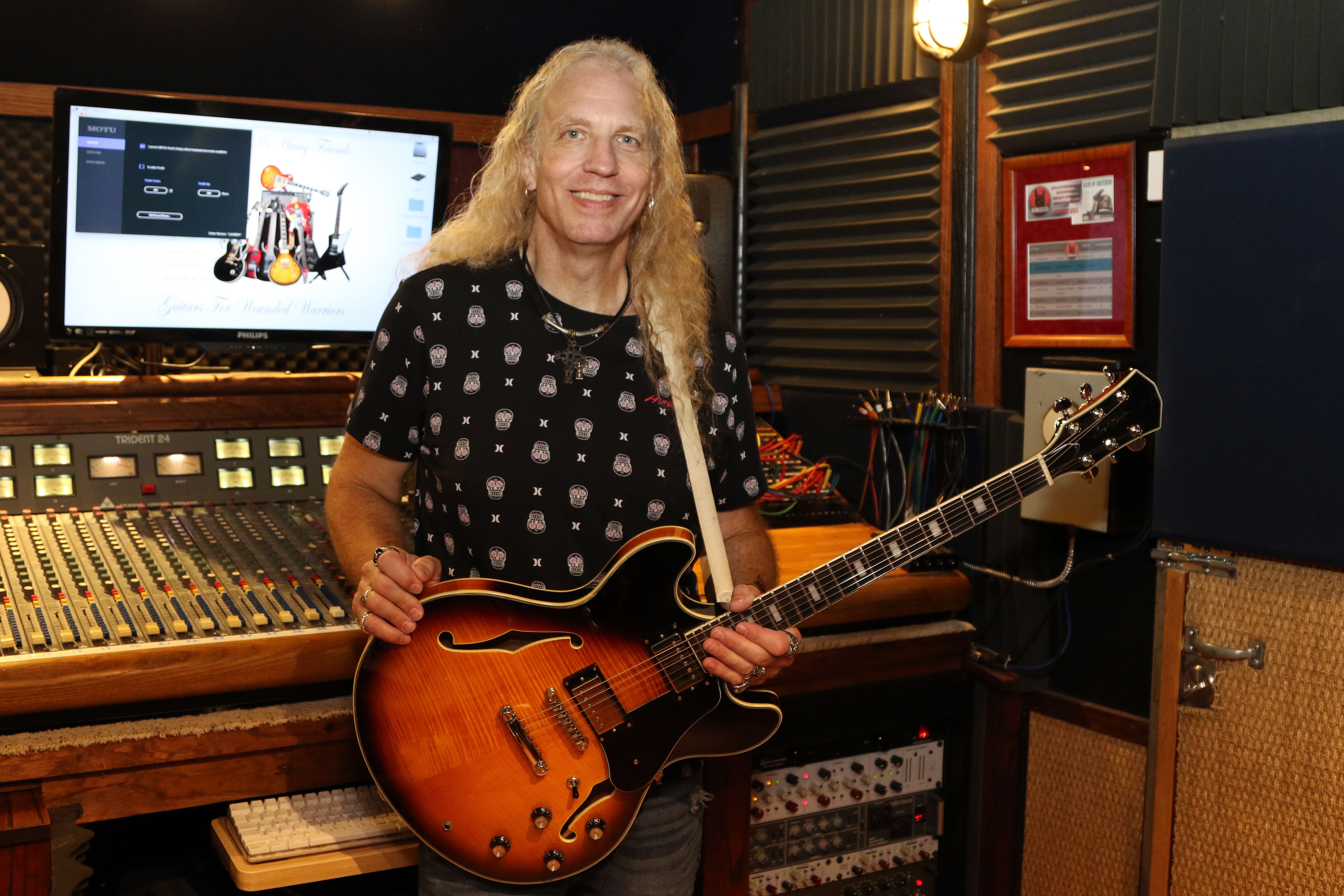
Yeah. It's probably 6,500 pounds. I have to get somebody with a dually [dual wheel truck] to move it. When I first got it, it had some empty racks. They had these racks with locking screws with a special hex tool to get them out. I guess it was in a bad area when they built it, or maybe he didn't trust the engineers! I don't know. I had to get the special weird hex tool to unlock it!
Does it also provide a bit of isolation from your living situation?
Yeah. It is located in a business area lot that is securely fenced off from the public. If I want to record drums, I can record in the live room of the trailer. I have the baffles and everything. I have a breakout box that comes out, and then we set up everything for the drums and percussion and all that. I always wanted a mobile studio. All those great recordings that we grew up with from the Rolling Stones Mobile Studio. That truck recorded everybody in the '70s.
Like you said earlier, tape decks started to get cheaper in the mid and late '90s. I couldn't have bought a 2-inch tape deck in 1990.
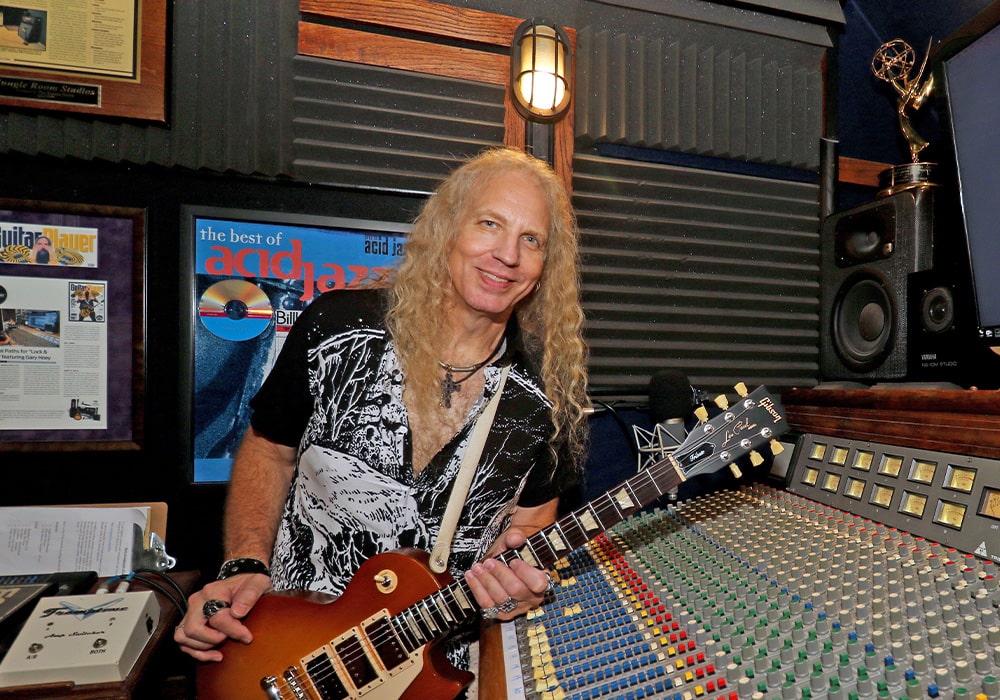
Oh my god, the Otari MTR-90? That thing was probably $45,000! You'd have to be a rock star or a huge pop star like George Benson to have that in your studio because it cost so much. For just a tape deck and a desk you could be at $100,000. Not to mention all the other wiring, gear, and everything else you needed. It was a big endeavor.
I was listening to your albums, and you have these lo-fi jazz records. Did that evolve out of the music for hire?
I got into that over the pandemic. I was talking to Rod Linnum [LoFi Rod] at DashGo, a distributor, and he was a big fan of my older jazz albums. He said, "Your style of jazz would do well with lo-fi." I thought, "Let me see what he's talking about." I started doing it under the name Asphalt Jungle. It reminded me of the early acid jazz days. A little less produced, but that was what everybody was going for. It got into a lot of playlists. Today it's a strange market, because it's all playlist based. Nobody cares about an actual product to buy. It's all streaming and nothing else. We can't even find physical releases anymore unless it's some overpriced vinyl.
If we look at the history of how music's been delivered, it's always in flux.
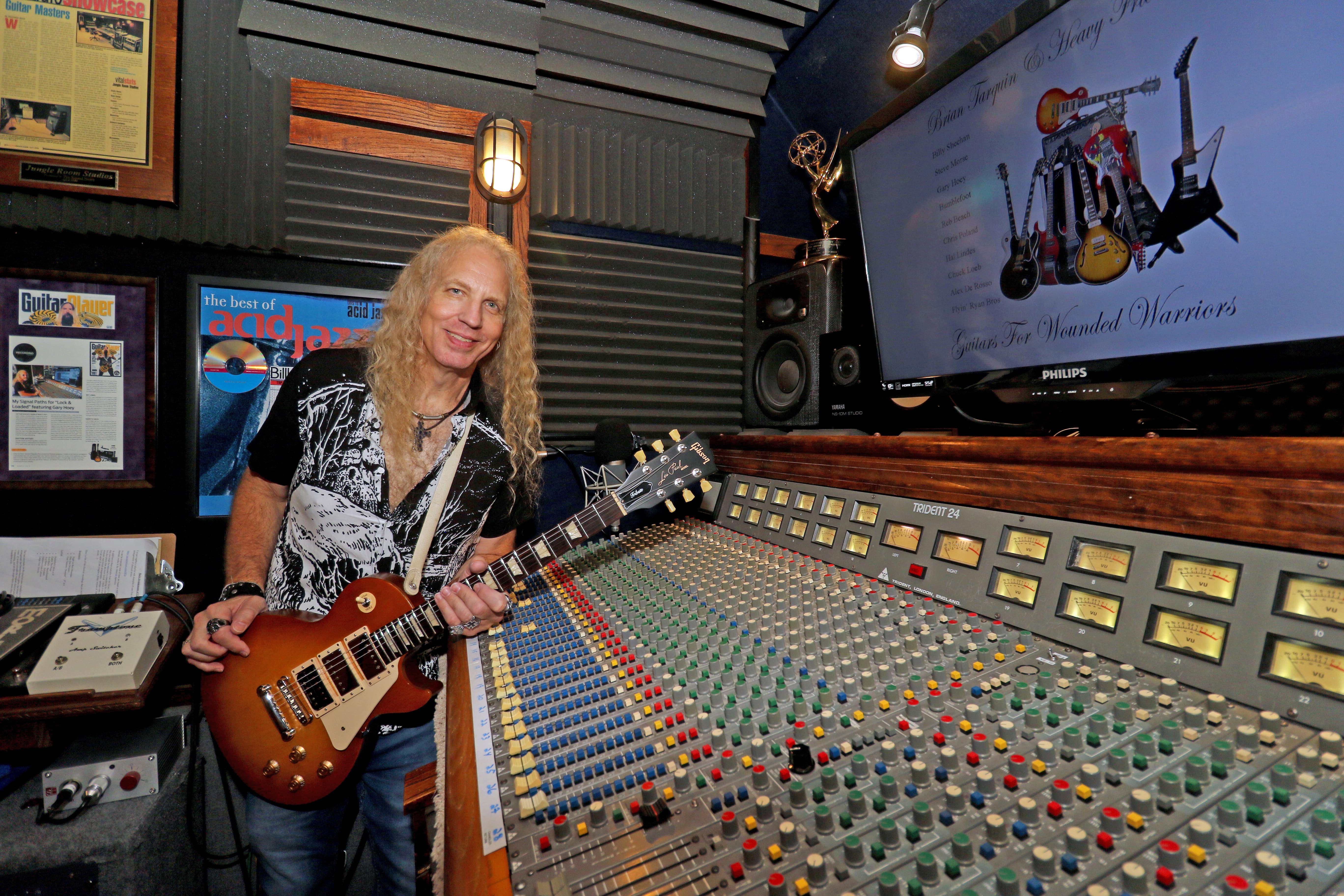
I don't even know how to deliver it now any different than streaming.
As you're mixing, how do you keep in mind the different ways people are going to be listening? Do you have multiple monitors?
I do. I had the Trident modded. I had a Sony APR-5002 tape deck with a little monitoring speaker in it. I had them install it in my console, because I wanted to see how the worst-case-scenario mono would sound. I go to that a lot. I switch to that, listen, and I make adjustments. This is the closest to what people are going to be listening to on a small radio in the car or computer speakers. I mix on [Yamaha] NS-10s for the most part. I have these larger, JBL LSR 28P monitors that I like. The thing is, we've all been there where it sounds great in the studio, and then we take it out and it doesn't sound as good on these other playbacks. You have to take that into consideration. Listen to it in the car. NS-10s are cheap speakers, but they usually translate pretty well. And mono is good to keep in mind. I've caught this a few times – especially when dealing with keyboards – where it's out of phase. I put it on mono, and it disappears, so I'll have to reverse the phase. If I have dual rhythm guitar parts, I'll have to not pan them so hard. I have to bring them a little more in at a three o'clock and nine o'clock position, because it could disappear.
I've got those little Sonos speakers in my house that are mono.
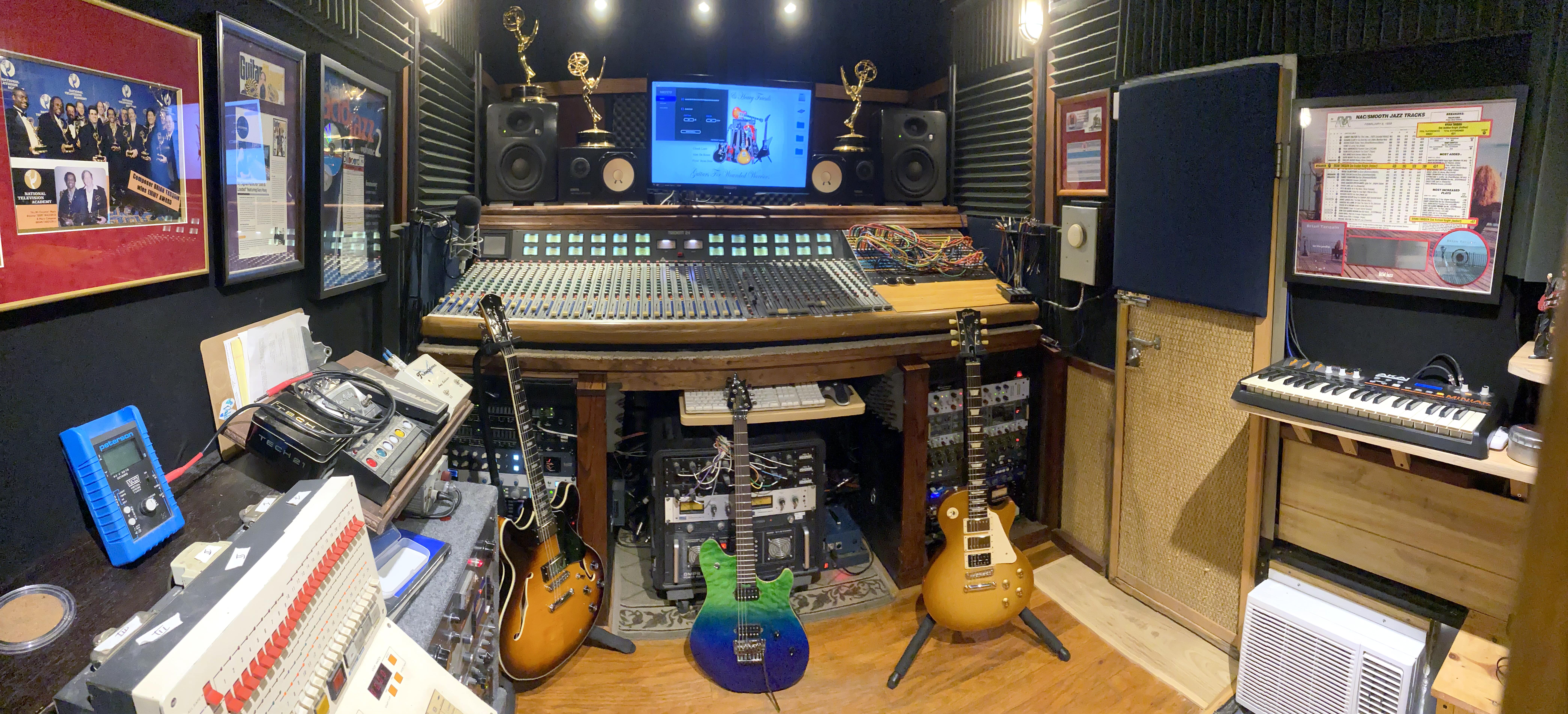
I'm convinced that the general public doesn't know the difference between mono and stereo anyway, so it's got to sound good no matter what. My kids do this too, when they'll have one of these broken [Apple] EarPods, and then they just listen to one.
Or share them!
Right, or they share them!
Do you have more compilation albums coming up?
Originally, Brothers In Arms was going to be one big CD, but I broke it into two. The heavy one came out as Brothers In Arms. And then there's a second album called Beyond The Warrior's Eyes that will be released in January 2024. That has Jean-Luc Ponty, Robben Ford, Eric Johnson, Steve Morse, John Tropea – he was with Billy Cobham, and a whole bunch of these cool fusion guys. Steve Kindler – who played with Jeff Beck and Jan Hammer – on violin. That album is more of a fusion one, where this one was more like a metal one. I'm excited about that. It's an entirely different CD than this one.
Getting to collaborate with Steve Morse would blow my mind.
I've been friends with him for years. How could you not like The Dregs? He was in Kansas for a while. He's been in Deep Purple.
Do you think a lot of the attention for these compilations comes from fans of certain artists?
I think they do, because also the way people search music today is a whole different thing. If they put in Steve Morse or Jean-Luc Ponty's names, all the songs in the search engine will show what they're on. I think that helps.
You have an interesting way of looking at music genres.
Yeah. I never thought I had to be in a genre and that was it, I can't traipse out of it. I get it if you're Led Zeppelin and a huge band. Obviously, you're going to stay in the same genre, because that's where all your fans are. That was the thing that was always a worry as an artist. If you stay in one format, you're going to repeat yourself at some point. That's probably why I left contemporary jazz. I felt I was going to be close to repeating myself there. They liked it. They wanted the same music over and over. I never thought music had an expiration date, and I never thought I had to stick with one genre. Especially as a composer, that's beneficial!





